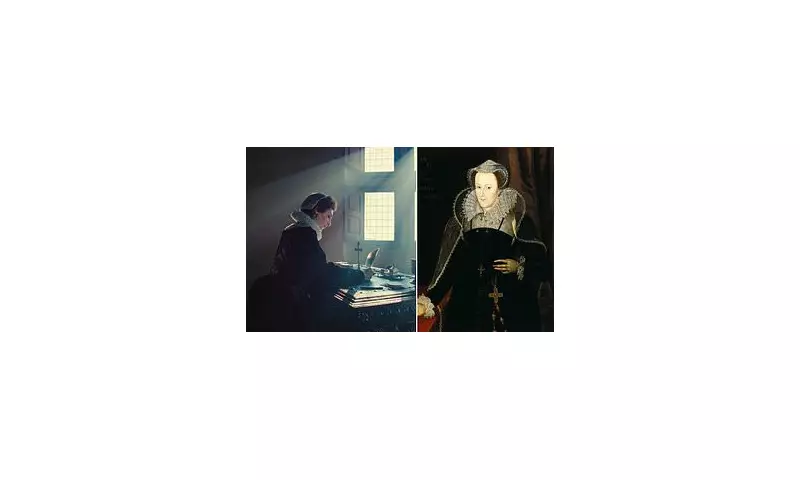
In an astonishing breakthrough that has sent shockwaves through the historical community, a team of dedicated amateur codebreakers has successfully deciphered secret letters written by Mary, Queen of Scots during her long imprisonment in England. These remarkable documents had remained unread for over four centuries, their contents hidden in complex ciphers that baffled experts for generations.
The Royal Prisoner's Hidden Correspondence
Mary Stuart, the charismatic and tragic Scottish monarch, spent nineteen years confined under the watchful eye of her cousin, Queen Elizabeth I. During this prolonged captivity, from 1568 until her execution in 1587, Mary employed sophisticated encryption methods to communicate secretly with her supporters and foreign allies. The recently decoded messages date from 1578 to 1584, a critical period when Mary's hopes of restoration to the Scottish throne or succession to the English crown were rapidly fading.
A Cipher Finally Broken
The extraordinary deciphering achievement was accomplished by three persistent codebreaking enthusiasts who spent years analysing the complex substitution cipher. Their dedication has finally paid off, revealing approximately 50,000 words of previously inaccessible historical text. The letters provide unprecedented insight into Mary's state of mind, her political strategies, and her desperate attempts to maintain influence while imprisoned.
The decrypted correspondence reveals several key aspects of Mary's imprisonment:
- Her detailed complaints about poor health and harsh prison conditions
- Secret negotiations with foreign ambassadors and English courtiers
- Fears of poisoning and plots against her life
- Attempts to maintain Catholic networks across Europe
- Her reactions to the evolving political landscape
Historical Significance Unveiled
This monumental discovery fundamentally changes our understanding of Mary's final years. Historians had long known about the existence of these encrypted letters but had been unable to penetrate their secrets. The successful decryption represents one of the most significant archival discoveries related to Tudor history in recent decades.
"This completely transforms our perspective on Mary's captivity," noted one leading Tudor historian. "We're no longer looking at a passive prisoner awaiting her fate, but an active political player working tirelessly behind the scenes to secure her freedom and advance her cause."
The Codebreakers' Triumph
The amateur cryptographers employed a combination of traditional codebreaking techniques and computer-assisted analysis to crack Mary's cipher. Their painstaking work involved identifying patterns, comparing known historical documents, and testing countless potential solutions before the code finally yielded its secrets.
The team's breakthrough came when they recognized that Mary and her correspondents used a sophisticated system involving more than 200 different symbols, including some that represented entire words or names. This complexity had previously prevented even professional historians and intelligence agencies from deciphering the messages.
New Light on a Royal Tragedy
These revelations come at a time of renewed public interest in Mary, Queen of Scots, with several recent television dramas and documentaries exploring her dramatic life. The decoded letters provide authentic, first-hand accounts that contrast with some popular fictional portrayals, offering a more nuanced understanding of this iconic historical figure.
The full analysis of the deciphered correspondence is expected to keep historians busy for years, potentially rewriting chapters of British history and providing fresh perspectives on one of the most turbulent periods in the nation's past.





